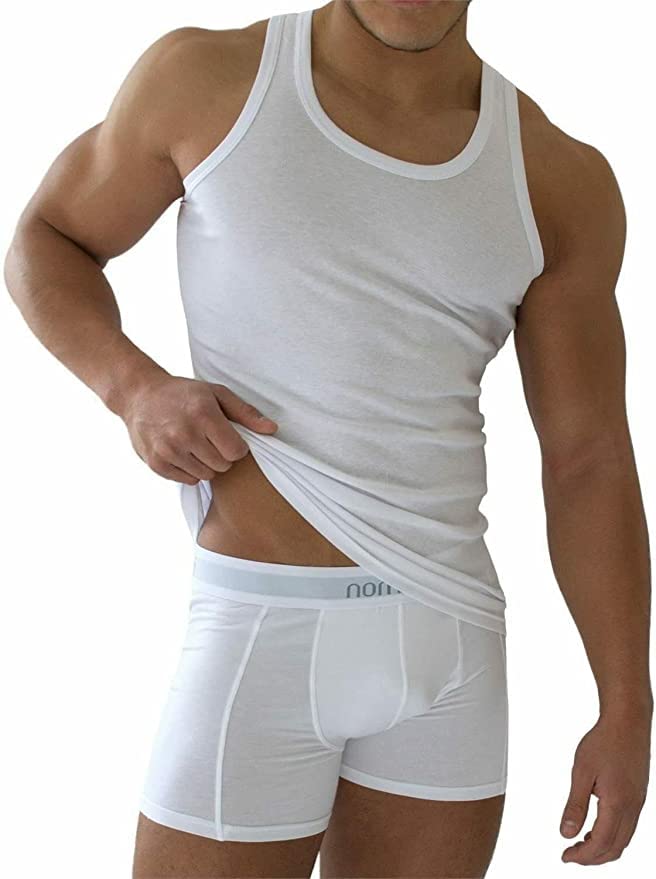The Best Materials for Outdoor Vests
When it comes to outdoor vests, the choice of material is crucial in determining the overall quality, comfort, and durability. Whether you’re going hiking, camping, or engaging in other outdoor activities, you need a vest that can withstand the elements and provide sufficient insulation. In this article, we will explore the best materials for outdoor vests and why they are ideal for various outdoor adventures.
Nylon
Nylon is a popular choice for outdoor vests due to its lightweight yet durable nature. It is a synthetic fabric that is highly resistant to abrasion and tearing, making it perfect for rugged outdoor activities. Nylon vests are known for their water-resistant properties, which can be further enhanced with a Durable Water Repellent (DWR) finish. The fabric dries quickly, ensuring that you stay comfortable even in wet conditions. Additionally, nylon vests often come with reinforced stitching and extra features such as multiple pockets, adjustable hems, and ventilation options.
Polyester
Polyester is another commonly used material for outdoor vests. It offers excellent durability, exceptional moisture-wicking properties, and is resistant to shrinking and wrinkles. Polyester vests are known for their breathability, making them suitable for high-intensity outdoor activities such as running or cycling. The fabric also provides UV protection, shielding your skin from harmful sun rays. Polyester vests are lightweight and quick-drying, making them an optimal choice for outdoor enthusiasts who value comfort and convenience.
Fleece
Fleece is a synthetic material that is renowned for its exceptional warmth and insulation properties. Fleece vests are designed to provide insulation in cold weather conditions, making them ideal for activities such as hiking or camping. The fabric is lightweight, breathable, and quick-drying, making it a popular choice among outdoor enthusiasts. Fleece vests can also be layered easily, allowing you to adjust your clothing based on the weather conditions. They are known for their softness and comfort, making them a go-to material for outdoor adventures in colder climates.
Down
Down is a natural material that comes from the fluffy, insulating layer beneath the feathers of birds such as ducks or geese. Down vests are renowned for their exceptional warmth-to-weight ratio, offering unmatched insulation in cold weather. The material is highly compressible, allowing you to pack it easily without taking up much space. Down vests are lightweight and breathable, providing maximum comfort during outdoor activities. However, it is important to note that down vests are not water-resistant, so they may not be suitable for wet conditions.
Synthetic Insulation
Synthetic insulation is a popular alternative to down, offering similar qualities in terms of warmth and insulation. Synthetic insulation vests are made from polyester fibers that mimic the properties of down. These vests are usually water-resistant, quick-drying, and retain their insulation properties even when wet. They are also hypoallergenic, making them suitable for individuals with allergies. Synthetic insulation vests are great for a wide range of outdoor activities and are often more affordable compared to down vests.






